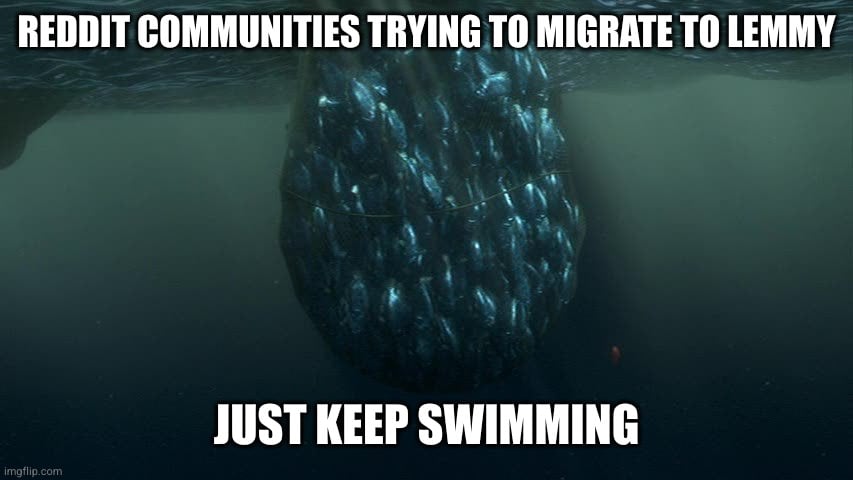Raw spite. If you're upset enough to build a whole LinkedIn profile, you've already mentally moved on to the next company.
TeddE
Removed from later works after the OG artist cashed out.
My understanding is that ménage à trois says the three are 'living together' with the sex being implied via innuendo, whereas plan à trois is more directly about the sex act itself.
Have you met the French? There's a bunch of English sex words brought in from French! Most notably is ménage à trois, for a threesome. The smoking a cigarette after sex cliché is pretty French too.
It's a protest. Showing how dangerous the streets are to cyclists (and how many cyclists use the roads) is the message. A protest that challenges law and inconveniences people peacefully is how they garner attention (hopefully as a prelude to change and improvements).
So yeah, ignoring a lot of traffic laws.
When I'm in a parking lot turning left onto a main street (US, drive on the right side of the road), and a car is coming down the street, [maybe] turning right into the same parking lot, I won't pull out into the street in front of them until I can see them decelerating. The risk that they aren't turning and would then T-bone me is too high.
Heck, even if the turn signal is on, I'll wait, unless I know I saw it previously off for that car (in case they're driving with their signal on, not intending to turn)
I relaxed a bit after I realized that - unless you're paying for HIPPA grade privacy (or similar), Google/Microsoft/Amazon index your data so hard, it may as well be leaked. So a failure to protect my data is at worst the same as hosting in the cloud.
(Probably still better - if someone made a torrent of my personal data, it probably wouldn't be popular - if 300 downloaded it, it would still be less then the ~800+ advertisers Google will just freely give my information to, barring some kind of Streisand effect)
If you (or anyone reading this) are ever looking to decloud, you can set up Syncthing in a OneDrive-like setup
-
Create a Syncthing share between your computers at %userprofile%\Syncthing
C:\Users\Joe\Syncthing
and verify the share works between windows systems. -
Create the shared system folders in it: %userprofile%\Syncthing[library folder]
C:\Users\Joe\Syncthing\Desktop C:\Users\Joe\Syncthing\Documents C:\Users\Joe\Syncthing\Pictures -
Open explorer, go to [My Computer/This PC], right-click on the appropriate system folder (Windows has system folders for: 3D Objects, Desktop, Documents, Downloads, Music, Pictures, Videos), go to Properties (under 'more' for Win11), select Location, and either manually enter or use the move button to select the new location. On pressing apply, you can also use the prompt to move the folder contents between locations (yes on the first PC, but manual for others if you might clobber files)
Hello @DoubleSpace!
Is this where the line to top @voodooattack begins? I've brought a ✨fabulous✨ selection of headwear with me and I do daresay we'll find the perfect fit. How uh, oh dear !, how do you plan to top @voodooattack?
I hope you enjoy your time here in Linux land.
Strictly speaking, if someone asked me to do something and I agree, that makes me responsible. So because they forgot they're tectonically responsible - but that doesn't mean the roommate is right. They're still a stuck-up asshole.

Personally I think self-hosting (Docker containers and stuff) would be a good solution, but for the Fediverse that would mean making a 'family size' edition of the server software.
I imagine if it became a common hobby and every geek interested supported ~4-25 friends, it might work.